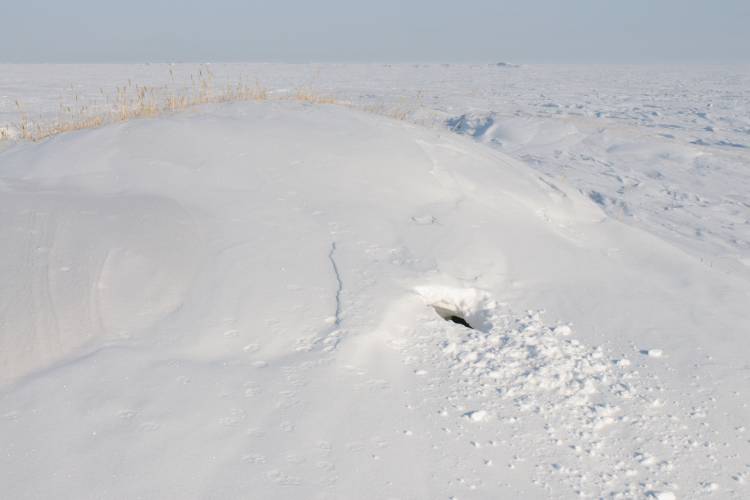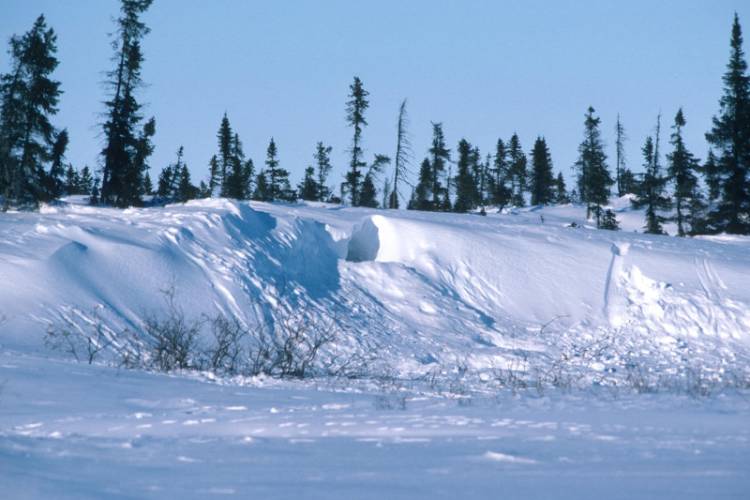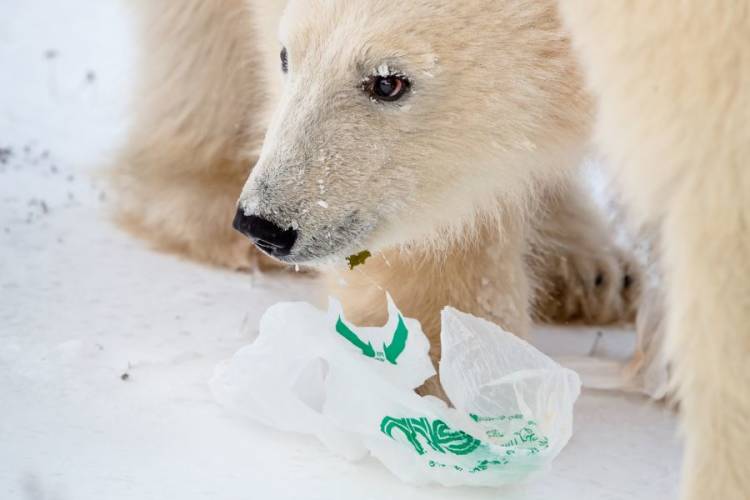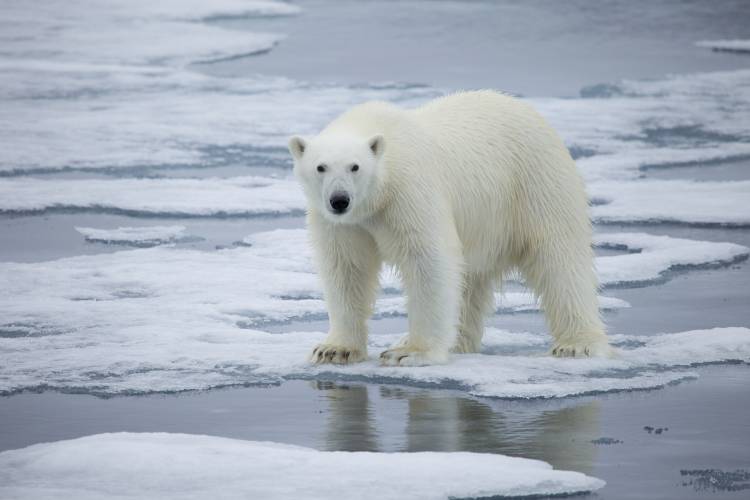Polar Bear Questions
October is upon us, and a select group of polar bears—pregnant females—have started to look for a place to create their maternity dens. These bears will spend the winter inside their snowy lair, giving birth to their cubs(s) around New Year’s, and emerging as a new family group into the Arctic world around March. Meanwhile, all other polar bears will be out on the Arctic sea ice, in the 24-hour darkness of the polar night, spotting seals and trying to pack on the pounds necessary to sustain themselves during the summer melt season. Wintertime is hunting time for polar bears—unless they’re pregnant females!
In discussing this on my Polar Bear Questions page, I received a follow-up question from Virginia: “Do all female polar bears (who don't already have cubs with them) go into a den in the fall? Does a female polar bear know if she is pregnant or not?”


















